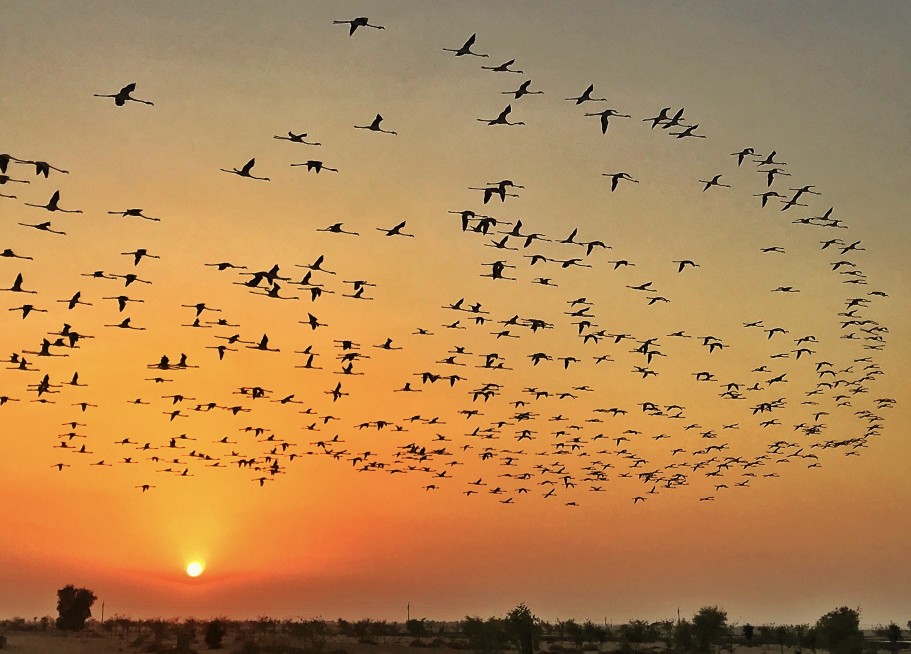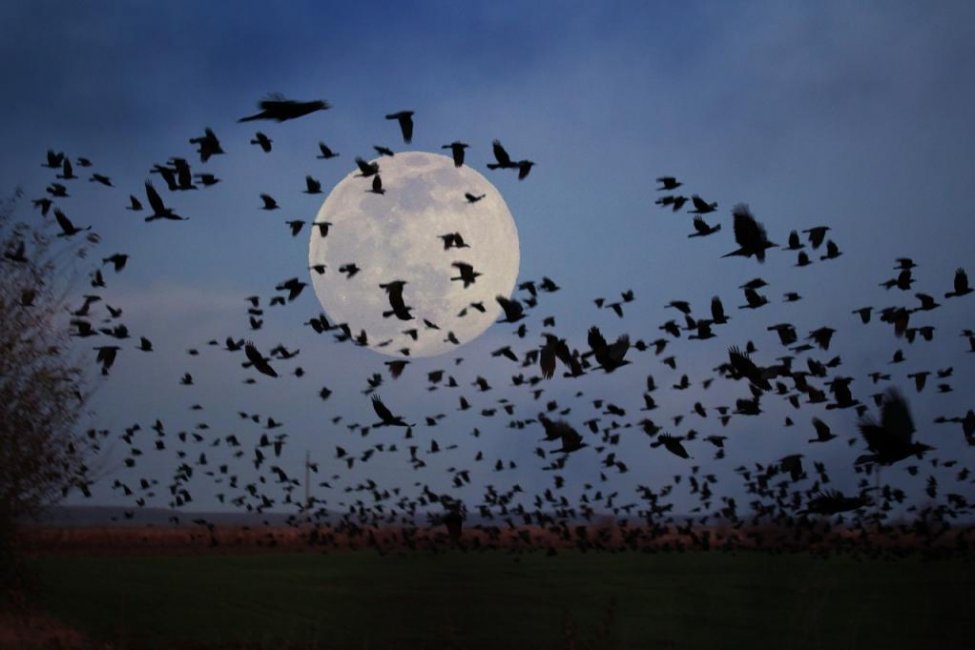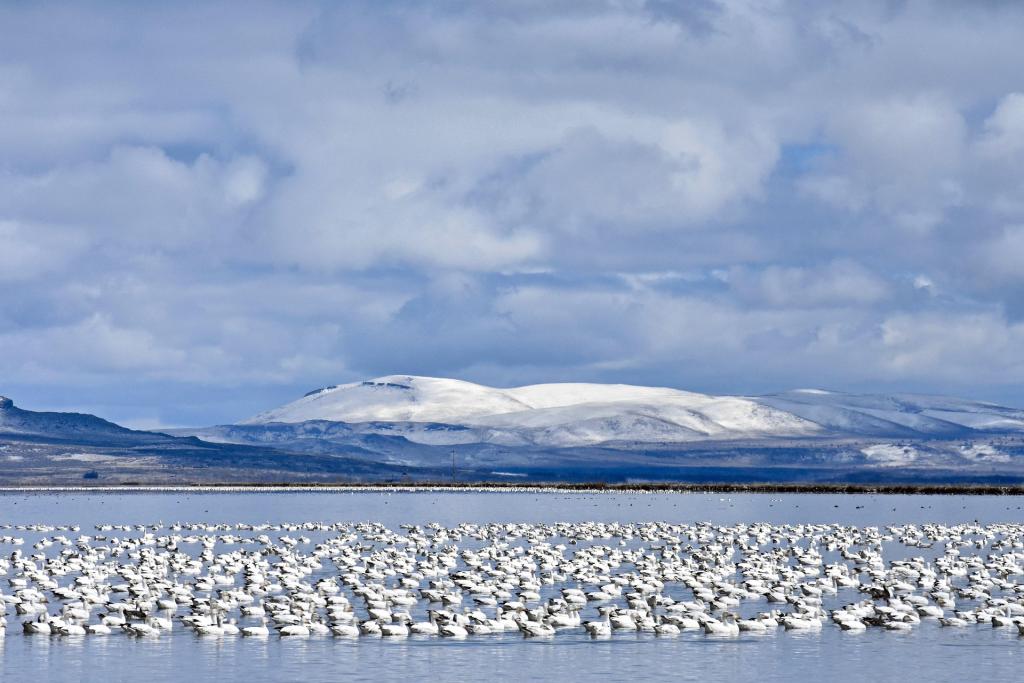
If you own a lake home, you’ve probably witnessed migratory birds flying across your backyard. You might even be an avid bird watcher, eagerly checking live maps in anticipation of migration season. It’s easy to understand ornithologists’ enthusiasm — the fact that two-pound birds can make arduous long-distance journeys is astonishing. To collectively celebrate these birds’ incredible feats each year, check out these five facts about bird migration.
1. They can fly as high as planes

During migration season, most birds fly between 650 and 5,000 feet above sea level. Although this alone is impressive, some birds journey at much higher altitudes. For instance, bar-headed geese are known for reaching great heights. They fly above the Himalayas, the earth’s highest mountain range, at altitudes between 13,000 to 20,000 feet. Further, because of the lack of tailwinds at these heights, bar-headed geese can’t soar. They must continuously flap their wings to continue their journey.
2. They can fly at night

During the day, you may see large birds like pelicans and hawks flying by your lake house. However, you might not know that many migratory birds are nocturnal flyers. Smaller birds, such as cuckoos and sparrows, fly at night to avoid predator attacks and experience cooler temperatures. However, flying undercover also has risks, mostly imposed by humans. For instance, birds are at risk of running into house windows and satellites, especially at night when these obstacles are harder to recognize. As a lake dweller, check out the ways you can help prevent these collisions.
3. They can fly as fast as we drive

Next time you’re driving, imagine a bird flapping its wings to keep up with your car’s speed. Amazingly, many birds would succeed. Most migratory birds can fly between 15-55 miles per hour during their seasonal journeys. As for the best in show, the great snipe hits the fastest speeds over the longest distance. When this small, unassuming bird migrates from Sweden to Central Africa, it flies 60 miles per hour nonstop for 4,200 miles. That’s like traveling from Alabama to Alaska with no rest stops in between.
4. They remember their birthplace

One of the most stunning aspects of bird migration is that birds know exactly where to go. Using the sun, stars, landmarks, and the earth’s magnetism, birds have a near-perfect system for reaching their winter homes and accurately returning to their birthplace. Recent studies also suggest that birds rely heavily on their sense of smell for navigation. Even if it’s a bird’s first time migrating, they can use these cues to arrive at their destination. However, their system is not infallible. Due to external factors like weather, habitat loss, and electronic interference from satellite signals, some birds get lost during migration. While this is unfortunate for birds, many bird watchers relish the opportunity to witness rare birds that would typically not land in their region.
5. Much of migration is still a mystery

Although scientists understand a great deal about bird migration, certain aspects of this phenomenon remain unknown. For instance, one may assume that young birds learn how to migrate by observing others. However, because migratory birds in captivity grow restless around the migration season this idea into question. Scientists do not fully understand birds’ innate knowledge of how, where, and when to migrate. Further, there are specific migratory birds that confound scientists. One such mystery is the ancient murrelet, which flies 4,970 miles from Canada to Japan, China, and North Korea, and then back. There is no apparent reason for their journey from one similar climate to another.
Collectively, these facts about bird migration may make you rethink using the word “birdbrain” as an insult. Migratory birds’ journeys are undoubtedly impressive. And as a lake dweller, you have an exclusive front-row seat twice a year. When late summer rolls around, grab a pair of binoculars and enjoy the show from your boat dock.

